In March 2020 the global workforce picked up their laptops, went home, cleared a spot on the dining table and set up shop for what was thought would only be a couple of months. With a full year into this unwitting experiment with a global control group, most are still hunched over their laptops, moving from room to room, still trying to find a spot with the least amount of distraction. The top, very unscientific finding has emerged from the control group, and it has been coined Zoom fatigue. Few deny that too much time is spent in front of a screen in videoconferences, and it’s exhausting.
Blame blue light, blame Zoom, blame the kitchen chair, and blame the dog; but few seem to more accurately point the finger at poor audio, video, or lighting quality as key contributing factors of WFH fatigue.
As an industry we know that poor audio quality is the top reason a video and or audio conference would be considered a failure. It takes a lot of brain power to listen intently, and if the audio quality is compromised it becomes more taxing. Meeting participants lean into small screens to see meeting participants or presentations meant to be viewed at ten times the size, and inconsistent room lighting often renders faces too dark or washed out. We know that the tiny microphones, speakers, and webcams built into laptops are good enough for intermittent use, and that they were not designed to provide a high-quality, natural audio and visual experience. All combined, it is no wonder that the remote worker is fatigued.
Post-pandemic, it is estimated that the number of remote knowledge workers will double from 2019, and are likely to go into the office two or three days a week. Within the next six to 10 months the hybrid workforce will emerge.
Creating digital parity is critical. The IT Outlook for 2021 report produced by International Data Corporation (IDC) cited that supporting hybrid workforces and ensuring that remote and work-from-home employees have the same sets of connectivity and productivity tools as their in-office counterparts will be essential to long-term success.
Delivering on Parity
We asked thought leaders from AV/IT industry solution providers to share insights and advice on how remote workers can dovetail with in-office or other remote counterparts to help ensure the same experience.
ATEN Technologies

Working from home means sharing an office space with your personal life. Due to COVID-19, a lot of us have come to experience the overloading of our desk space with two computers, two keyboards, two mice, and two to six monitors. A KVM can help separate your home and work life while keeping your workplace clean, or save a lot of time switching around cords. The convenience of the KVM will also lower the risk of work-from-home users installing personal software, storing personal information, and creating security holes in the corporate IT environment. KVMs change your desk from home to office with the push of a button.
— Aaron Johnson, Senior Product Manager
Atlona AV Solutions

Conferencing platforms are now a daily part of business life. As remote work operations evolve into permanent scenarios, businesses have learned that enhanced end points can improve interaction and reduce participant fatigue.
Adding an HDMI and USB extender to a room with a large flat panel display allows the user to take advantage of superior video performance as compared to the laptop. The larger screen allows more detailed viewing of business presentations and greater interaction with remote participants.
Additionally, a PTZ camera with USB output and a large sensor will deliver professional-quality video that is superior to a webcam and offers a more professional angle than a laptop-based camera. The USB output will route back through the extender to the worker’s laptop.
—Garth Lobban, Director of Marketing
Avocor

Organizations need to plan for a combination of in-person and remote work styles by investing in reliable collaboration technology that is agnostic and supports a seamless transition between working locations. Employees should be able to move from each style of work fluidly, and collaboration and UC technology can support this transition by replicating the in-person experience through video display technology, and vice-versa. Some organizations are even investing to provide employees with interactive displays that function in a home office in the same way a video collaboration display does in a meeting room—allowing for a more dynamic and effective meeting experience.
—Dana Corey, GM and SVP
BenQ America
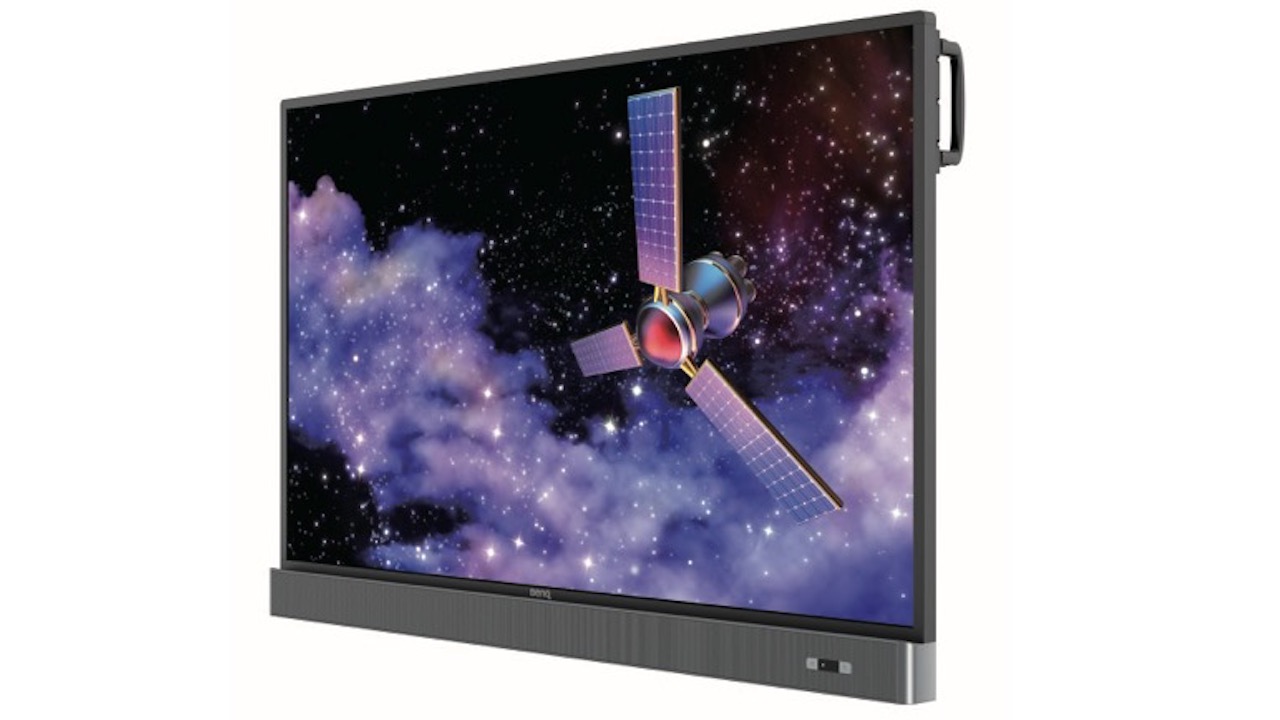
One area of the new WFH era that is of increasing concern for AV/IT tech managers is in education. Since COVID-19, there has been an increase in student absenteeism and lower test scores. AV/IT managers tasked with equipping teachers and classrooms with technology to solve this problem now have affordable, fully featured interactive display options that enable greater collaboration and engagement. Private schools and enterprises with remote participants have leveraged these solutions for years to great success. Interactive displays with cloud-based tools that provide two-way communication from any network have come down in price—some models as low as $2,500—allowing schools to outfit every classroom, or in some cases, bring one home.
—Bob Wudeck, Senior Director of Business Development
beyerdynamic

One thing we’ve learned in the new work-from-home environment is that while it’s become increasingly acceptable to join conference calls on Zoom, Teams, Hangouts, et cetera with your camera turned off, poor audio quality can quickly derail an otherwise productive meeting. If you find yourself often taking video calls on multiple platforms, make it a habit to check your device settings at the beginning of every call to ensure your speakers and mic are set up properly. A device like the beyerdynamic PHONUM, which has voice-tracking and noise-cancelling microphones tuned specifically for voice calls, can be plugged in directly via USB, or wirelessly via Bluetooth. Plug it into your computer, double-check the settings of your video app, and you’ll have professional-sounding audio on every call.
—Chris Norris, Sales Manager, Communications
BlueJeans by Verizon

Video meetings have been important to the corporate world for years—bringing new levels of interconnectedness to the global workplace. The COVID-19 pandemic accelerated the use of video at work, school, and play.
Video snafus are bound to happen (remember cat lawyer?), but there are a few precautions you can take to minimize the likelihood they’ll happen to you:
First, log on early for an appearance check. On the BlueJeans by Verizon app, a video screen pops up pre-meeting so you see how you’ll appear live. Second, know where your “preferences” are and the settings you can adjust as needed. For example, lock your meeting so the next meeting attendees don’t crash this one. And finally, clear your settings post-meeting so you start your next meeting completely fresh.
—John Knightly, CMO
Bose
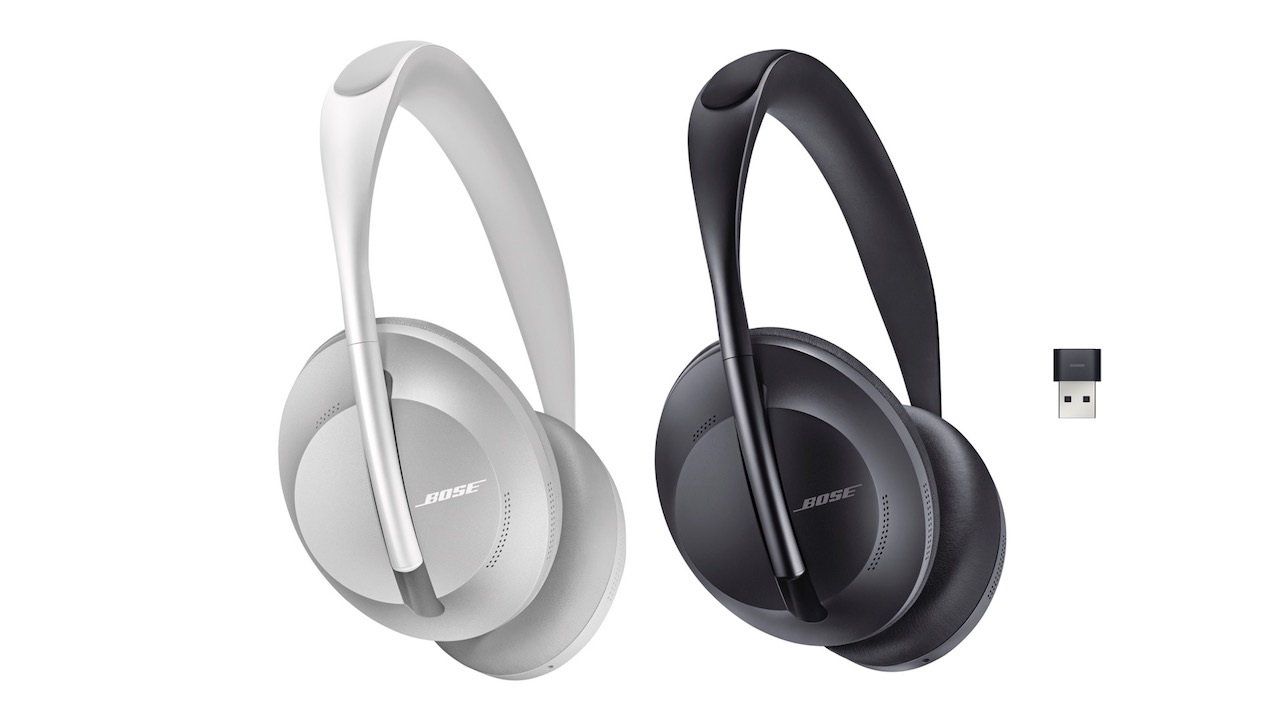
If you work from home, you should identify your personal hurdles to productivity—from your laptop and technology setup, to lighting, to surrounding noise, and even your desk and chair—and set out to address each one. We may not be able to increase the size of our environment, but we can optimize its usability. Companies are equipping remote employees with increasingly robust conferencing technology, and you can carve out a corner of a room, add lighting to a usable surface, and have a dedicated work desk. People can further increase productivity by eliminating audio distractions with sound-cancelling headphones. These enable users to determine how much of an audio barrier they need to get in the work mindset and keep themselves focused.
—Martin Bodley, Director, Global Head Bose Work, Bose Professional
ClearOne Communications
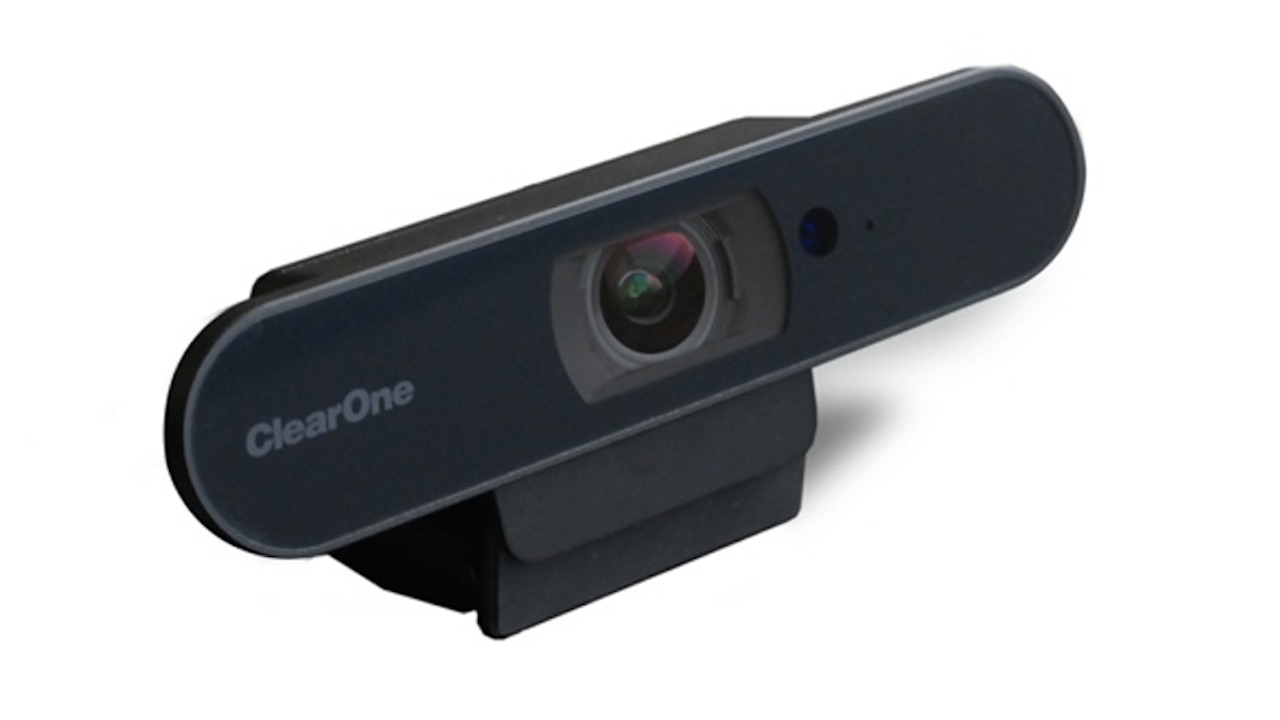
Changes have and will continue to affect all workplaces. Enterprise offices versus home offices are only the tip of the iceberg and these changes will continue to evolve, as working at the kitchen table over a long career certainly does not suffice. But all organizational workspaces will be evaluated and retooled. For each of these workspace environments, the safety and efficiency of both workers and consumers will drive changes for organizations to retain and grow their services.
Home offices will see a huge change in the use of more professional collaboration equipment. No longer will the home office be seen as a temporary space using only laptop audio and video; it will require upgrades to provide true professional-quality collaboration. The home office is and will be a very prevalent—and permanent—option for remote and hybrid work models.
—Zee Hakimoglu, Chair and CEO
Crestron Electronics

At the onset of the pandemic, when the majority of businesses transitioned to a remote workforce, it was fully acceptable to take calls in your pajamas and not worry about the quality of technology you were using. But now, one year later, expectations have changed and “good enough” is no longer good enough. While you work from home, it’s important to have the same professional-quality audio and video that you would have at the office.
One solution in particular that every remote employee should utilize at home are personal collaboration devices like the new Crestron Flex Phone for Microsoft Teams. This isn’t just any typical phone. This personal collaboration hub delivers superior voice calling and video calling, one-touch meeting joins, built-in calendaring, and even content-sharing from a fully certified Microsoft Teams device to create the ideal meeting experience at home.
—Andrew Gross, Director, UC Enterprise
EPOS Audio
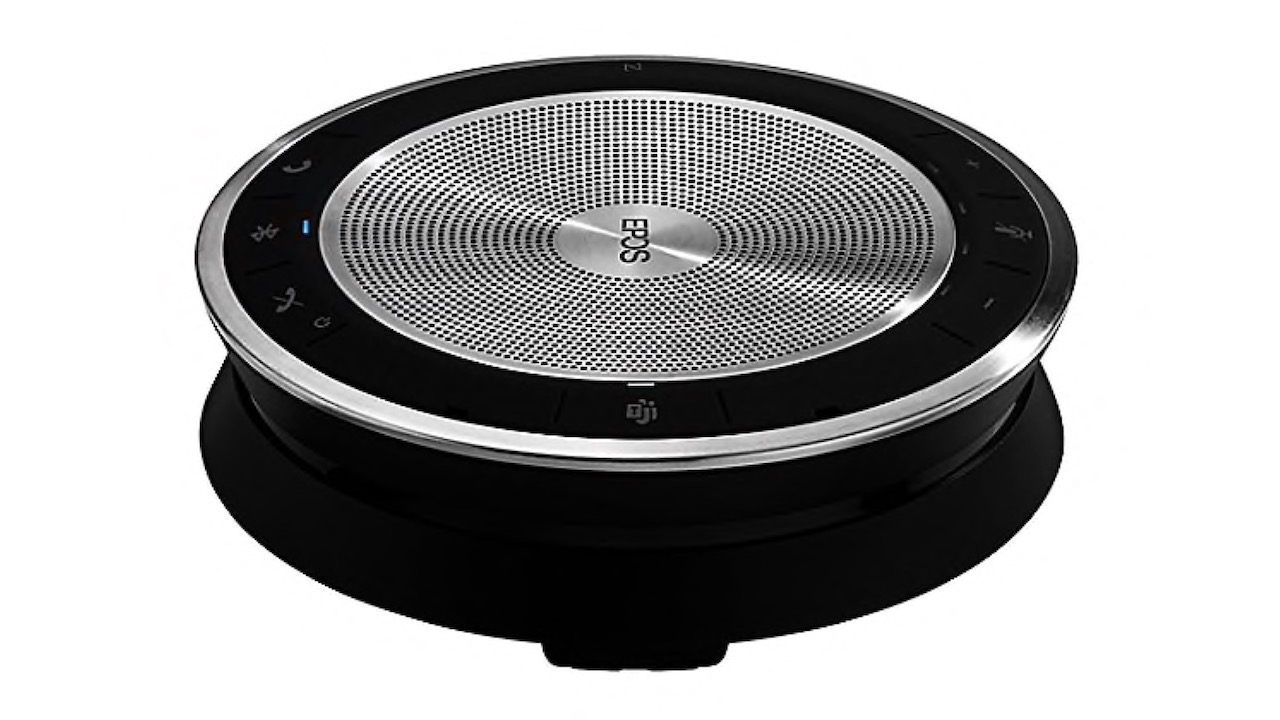
Choosing a certified headset will enable a superior and more intuitive working experience. For instance, headsets and speakerphones that are Microsoft Teams-certified, such as the EPOS speakerphone, EXPAND 30 T, and our next generation headsets in the ADAPT line, will have variants available with a dedicated Microsoft Teams button. This button instantly launches the Microsoft Teams app that gives direct access to scheduling a meeting, starting a call, or checking the calendar—enabling greater productivity and connectivity. EPOS Microsoft Teams variants also provide audiovisual alerts when notifications from the Microsoft Teams app occur. In addition to Microsoft Teams, EPOS headsets and speakerphones are also compatible with Zoom and other leading UC platforms.
—Anoop David, EPOS Product Manager, ADAPT Line
Epson America
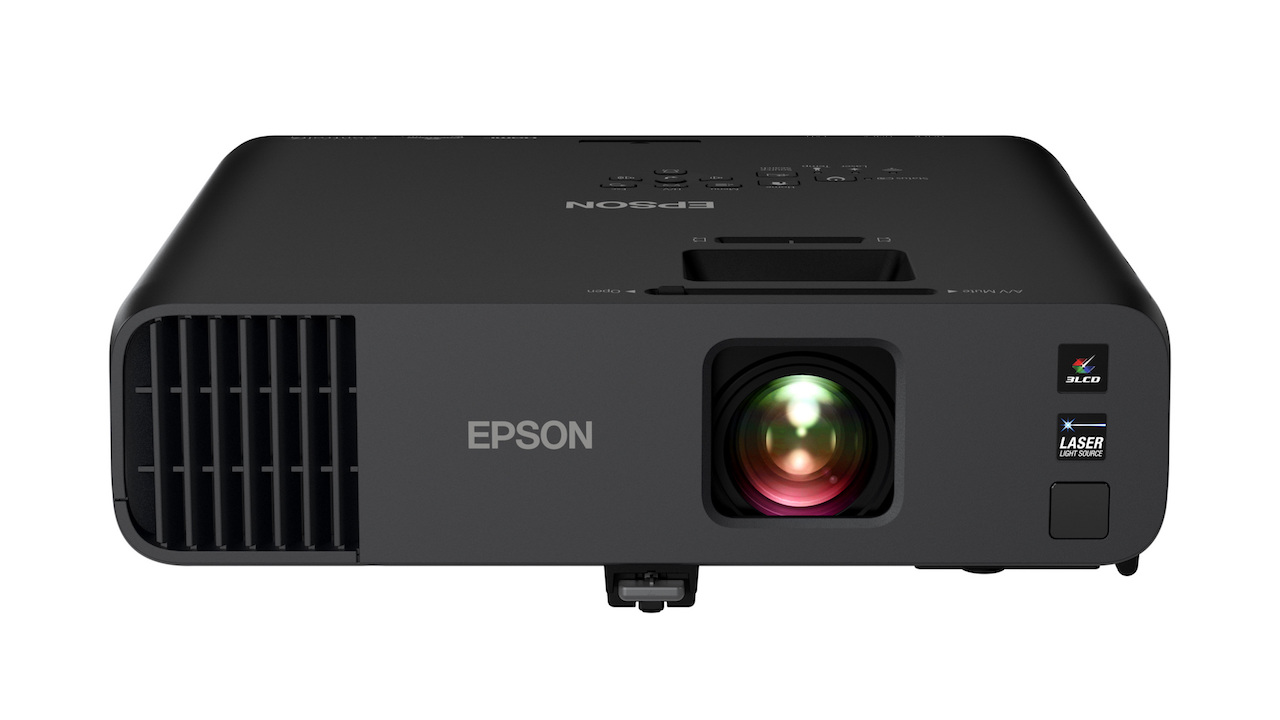
As businesses plan for long-term remote work policies, new communication practices and technology tools are crucial to enhancing at-home collaboration. Projectors are an ideal solution for staying connected and productive while catering to today’s remote work environments. Sharing presentations and joining video calls on small laptop screens just doesn’t cut it; users crave life-size imagery to make meetings more collaborative and reduce squinting at small fonts on screens. Whether reviewing detailed financial documents, giving a virtual product tour, or facilitating Zoom or Microsoft Teams meetings with remote teams—projectors help business professionals collaborate and share ideas more effectively with engaging, big-screen content. Plus, users can leverage projectors for casual entertainment-viewing from their favorite streaming devices—striking that perfect balance of working hard and playing hard.
—Rodrigo Catalan, Group Product Manager, Retail Projectors
Harman Professional Solutions

In the past 12 months, general consumers working from home who ordinarily never considered professional audio in their work environment are now researching, designing, and purchasing systems to deliver a studio-quality experience. These audio systems are comprised of pro-level microphones, headphones, studio monitors, and even small-format mixers. Businesses are now discovering that there are segments of their workforce that may be able to remain at home after normalcy returns, which means the investment in these systems will continue. However, those returning to an office will not want to go backward from a solutions quality standpoint, and companies will need to look at investing in audio and video to maintain that continuity.
—Damien Curry, Global Product Manager, AKG + JBL Professional
HoverCam

Teachers in work-from-home (WFH) setups are under unprecedented pressure. Today, learning effectiveness isn’t just a student-based challenge; it’s a household issue. As many as 65 percent of homes have children joining classes remotely. Teachers are wrestling with the chaos of disparate devices—from cameras and microphones to videoconferencing platforms and cloud-based applications that make distance learning possible—and how best to boost engagement with these tools. To be successful requires more than simply adding technology; it requires a thoughtful technological approach with the goal of replicating the human one-on-one connection that makes the classroom so successful. For many WFH teachers struggling with inattentiveness, it’s not the lack of video content that’s the problem; it’s what’s being captured and how it’s captured. The best technological approach needs to bring instructors forward as they work through material—whether it’s college-level physics or beginning phonics—just as they would be in class.
—Ji Shen, CEO
Konftel
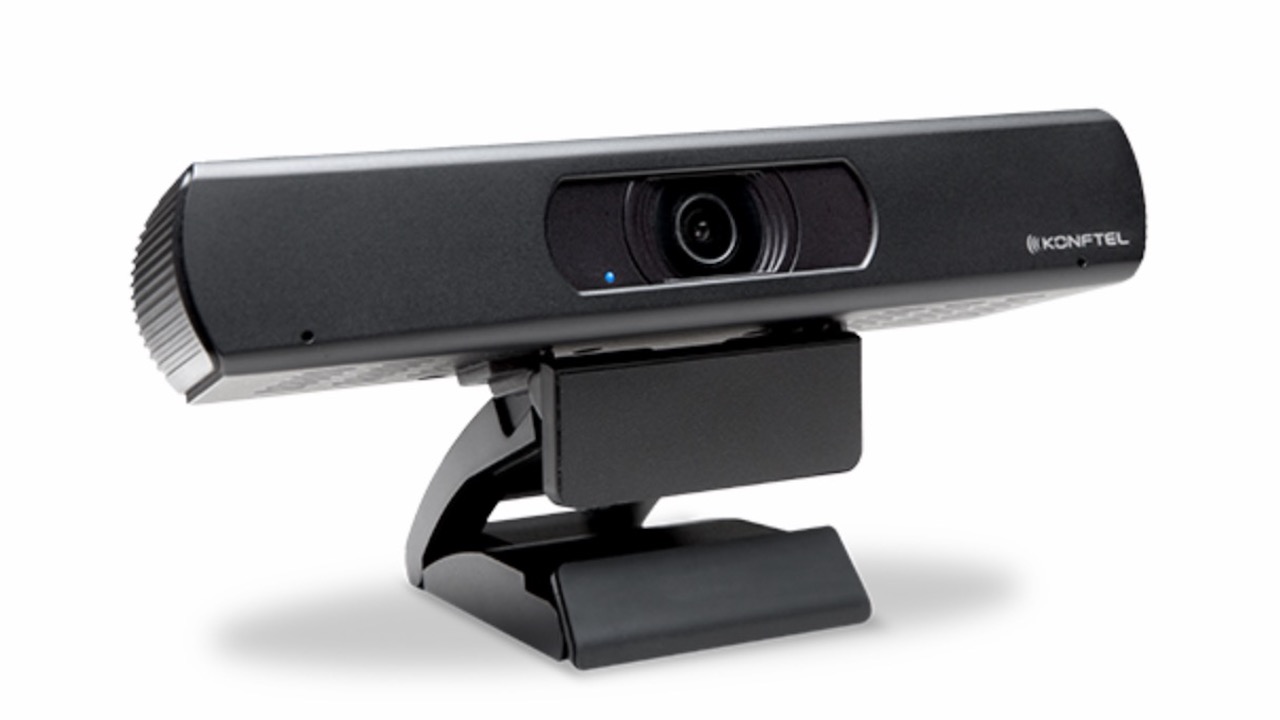
Tomorrow’s working life will be more dispersed and virtual, where some will work from home and others in the office. Even as people are able to return to the office, many are keen to cut back on their commuting time and other distractions present only in an office environment. As such, employers need to consider the following:
Leadership must come up with a good structure for keeping employee communication and management up to a sufficiently high standard; as some employees go back to the office and others remain remote, the team must continue to work as one organization.
Smart collaboration tools like business-grade webcams and conferencing devices are required, both in the office and at home, so that communications are optimized for seamless connectivity, superior quality, and maximum productivity.
Create an organization that is technologically prepared for rapid changes in how employees want to work and external parties want to meet. Whether conducting an interview via Zoom or presenting a proposal to a potential client, premium conferencing technology is more adaptable and better suited for today’s changing work environment.
—Stefan Eriksson, CMO
Lifesize

Even before universal remote work arrived in early 2020, employees were already in need of more collaborative, engaging ways to connect with their colleagues virtually. By now, organizations realize we’re in this for the long haul and best practices from last year, such as encouraging employees to simply turn on their video during team meetings and communicate via chat, aren’t enough to keep their workforce engaged and productive anymore. To take work-from-home and hybrid workplaces to the next level, communication and collaboration tools must become more creativity-inducing, inclusive, and integrated into organizations’ cultures, workspaces, and workflows. For example, by turning any ordinary meeting room into a collaborative experience with digital whiteboarding, teams can improve presentations, content creation, idea sharing, and interpersonal connections.
—David Hsieh, General Manager of Advanced Collaboration
Listen Technologies
For me, establishing a consistent routine early-on was key to my success over the past year. I wake up at the same time every workday, hit the gym for an hour, and get ready for work (even though it is in the office next to my room). I have also developed a time management strategy that includes checking email at certain times of the day, scheduling blocks of time in my calendar for when I have major projects to complete, and using my “do not disturb” setting on internal chat. Everyone has different challenges, responsibilities, and ways of working; we need to embrace that what works for one person does not always work for everyone. Prioritizing stability and routine helps me stay focused and engaged.
—Kim Franklin, Marketing Director
Logitech
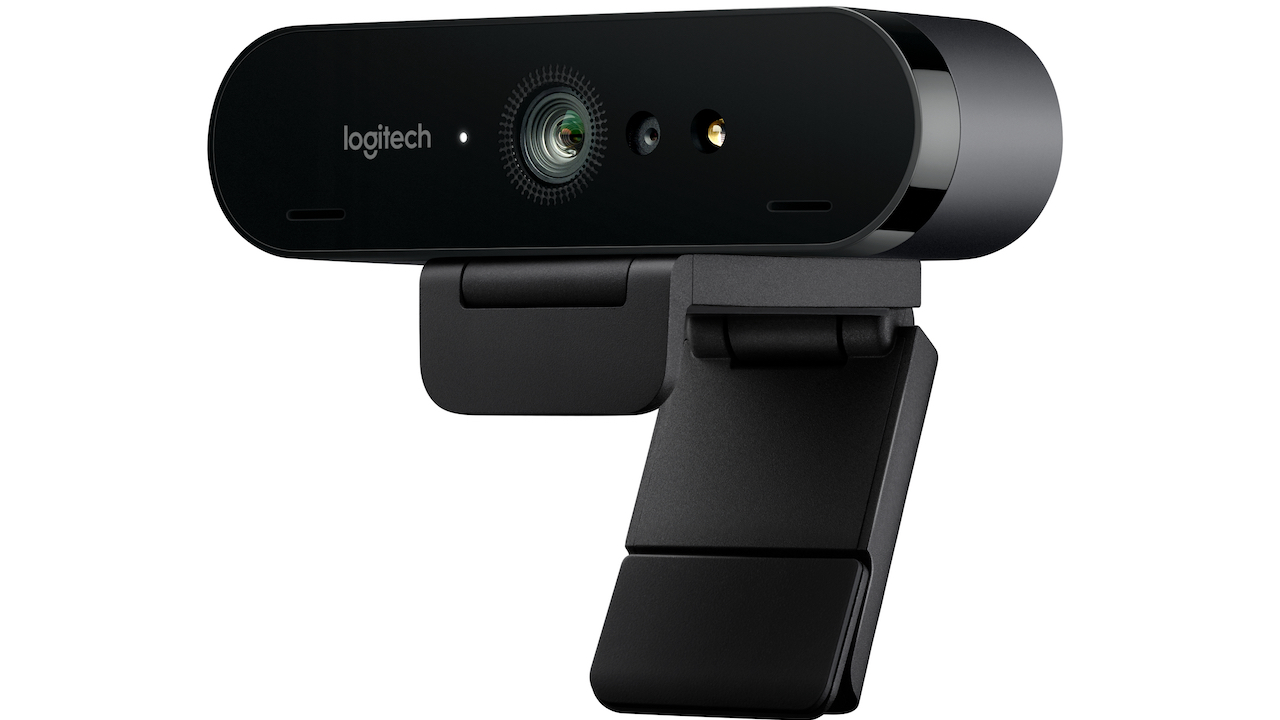
The working world is now more mobile than ever—leading to a rise in home offices and a video-first culture, and challenging employees to better improve their communication and collaboration techniques. Eliminating desk and conference phones to replace them with more collaborative technologies like video-enabled desktops and virtual conferencing tools will ensure teams are connecting effectively. Employees and their employers need to invest in products like conference camera solutions that transcend from home to business. This will help democratize collaboration and allow everyone—whether at home or in the office—to have a voice. Investing in personal video collaboration products will also go a long way in helping both remote employees and businesses feel connected and remain successful.
—Simon Dudley, Head of Analyst Relations and Sales Enablement for Logitech’s Video Collaboration
Magewell
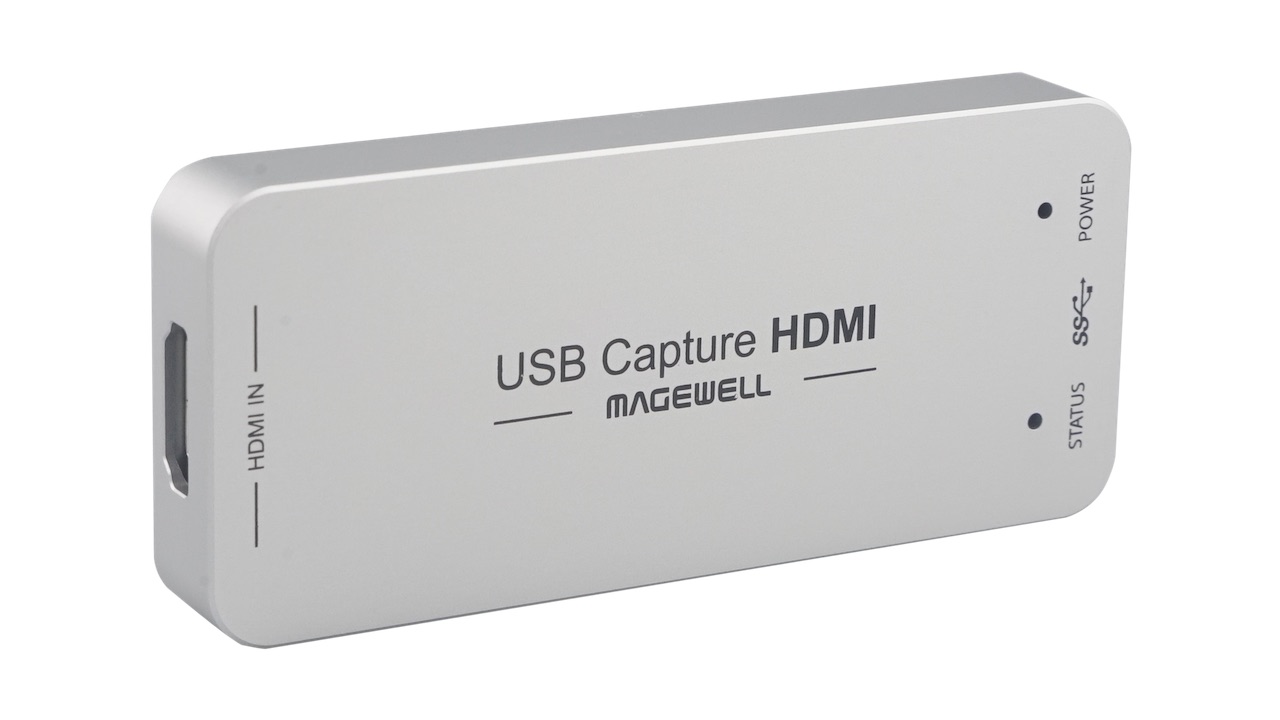
Low-quality webcam video can be noticeable and distracting even for internal-only video conferences, but for users communicating with external stakeholders—such as executives conferencing with shareholders, salespeople presenting to customers, or educators instructing students—poor-looking video can also significantly undermine their credibility or brand image. Even compared to add-on webcams, dedicated video cameras often provide deeper options and creative flexibility in handling suboptimal lighting conditions, zoom, focus, and depth of field. Capture devices like our plug-and-play USB Capture family let users easily bring HDMI or SDI signals from cameras and other sources into software-based conferencing solutions through a standard USB interface—helping participants look their best while being easy enough for even non-technical users to set up themselves.
—Nick Ma, CEO and CTO
Marshall Electronics

In lieu of face-to-face meetings, videoconference is now a widely accepted platform of collaboration between customers, colleagues, and strategic partners. Quality of video and audio can greatly impact perception of your organization. One of the easiest ways to upgrade your virtual presence is to look beyond your factory-installed cameras and microphones. Choose a workspace that is less-traveled, position your camera away from distractions, and ensure there is adequate light in front of your face. If there is a window, make sure to face it or add additional light sources to reduce shadows and glare. Finally, choose a good USB microphone; good video quality needs clear audio quality to complete a well-rounded video presence.
—Tod Musgrave, Director of Cameras
MXL Microphones

Good “WFH audio” is all about maximizing direct sound over indirect sound and reducing unwanted noises or reflections. Try using a USB mic (like our AC-44) or a headset to get the microphone closer to you. If you are in a large, echo-producing room, your mic will pick up more reflections and echo than direct sound. So get creative: Put a carpet on the floor or move around some furniture—anything to dampen the sound in the space.
Additionally, it’s important to familiarize yourself with your communication platforms. Test your mic before your video call and remember to check your audio settings. It’s also best to mute yourself when you aren’t speaking—no microphone in the world can reject unexpected sounds, such as a barking dog or your neighbor’s noisy lawnmower.
—Trevor Fedele, MXL Director
Nureva Audio

We need a starting premise about what working from home and in the office means. In my opinion, it is not about creating parity between the work experiences at home and in the office with the latest tech tools; it is about doing the work that is appropriate in each location. For example, a person might spend most of her time at home in heavy creation mode, while time in the office would be focused on collaborative activities with her team. There will, of course, be some creation work in the office and vice versa. More than just the tools—rethinking a group’s schedule is also important. Monday and Friday may be the WFH days, and they could be structured with a light meeting load.
—Nancy Knowlton, CEO
Samsung Electronics

The traditional office has forever changed because of the pandemic. We will see shift to a hybrid model, with employees using the office more as a place to gather and collaborate rather than a place to work from every day—making it essential for businesses to integrate the latest technology into their offices to ensure employees can still collaborate while still accommodating those working from home. Collaboration solutions like Samsung Interactive Display Flip 75-inch allow for those who are working from home to still interact with those in the office in real time on the interactive whiteboard—making brainstorms and executive meetings seamless.
—Harry Patz, Senior Vice-President and General Manager, Display Division
Shure
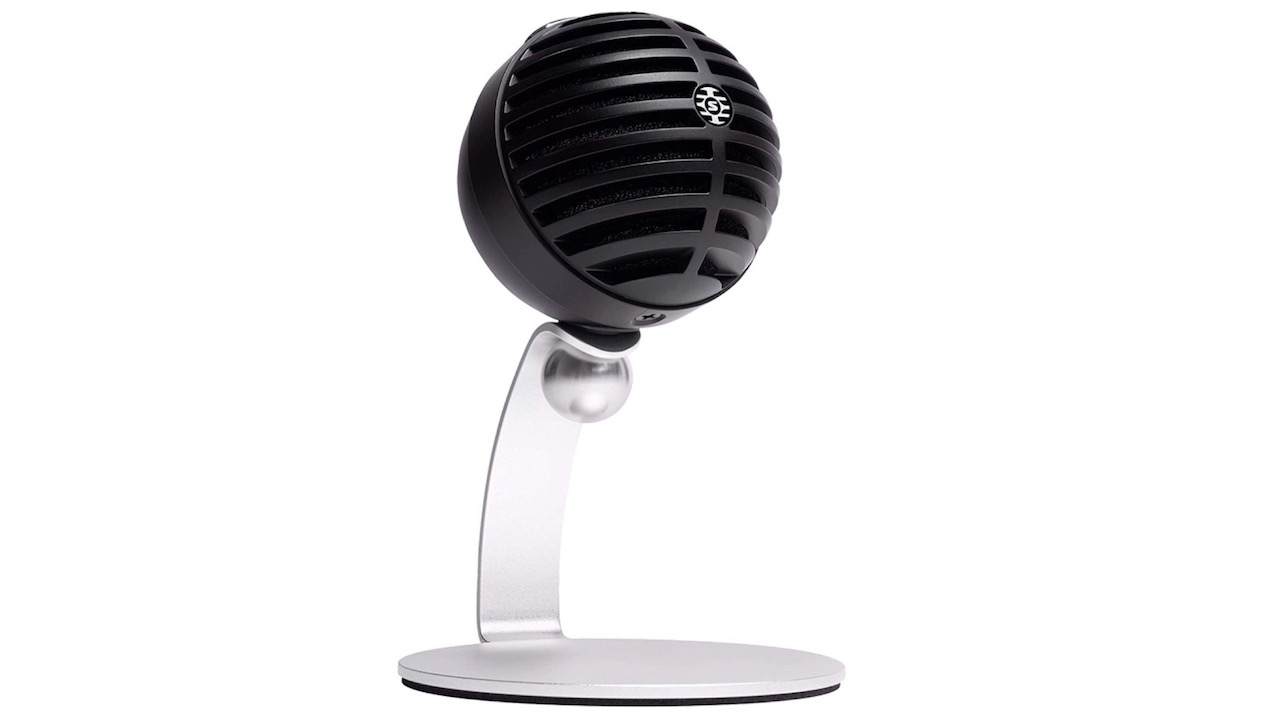
Unlike laptop microphones that pick up every sound in the room, the new Shure MV5C Home Office Microphone is a directional microphone that prioritizes the user’s voice, not the environment.
Setup is intentionally simplified, so anyone can unbox the MV5C, plug it into their computer, and that’s it. Featuring Shure’s Speech Enhancement Mode, the microphone enhances the user’s voice for even clearer sound. Presenters can speak with assurance—knowing that their voice will be heard clearly during virtual pitches, presentations, and lessons without having to repeat themselves or be asked to talk louder. The setup also provides different audio modes for “set it and forget it” applications and is compatible with software videoconferencing applications like Microsoft Teams and Zoom.
—Peter Herr, Associate Director, Global Marketing, Systems Group
SnapAV
It's no secret that the workplace now stretches beyond the walls of an office, and that this shift represents a long-term change. So if a web conference that spans two physical workspaces needs to be as seamless as talking over a cubicle wall, then the communication quality needs to improve.
There's nothing more frustrating than when somebody is in the middle of making a point and their audio cuts out or the signal gets choppy! CEOs and managers will need to budget for the solutions that create that communication—otherwise they’ll realize it’s crippling their efficiency.
Many will start to support solutions that upgrade remote workers’ capabilities, such as proper equipment and professional installation. And they may realize they’ll have to do the same in the office as well, with more professional systems available to individual workers—in their safe office spaces—that allow them to work better with colleagues across the country, the corporate campus, or down the hall.
—Scott Normand, Senior Director of Commercial
Sony Professional
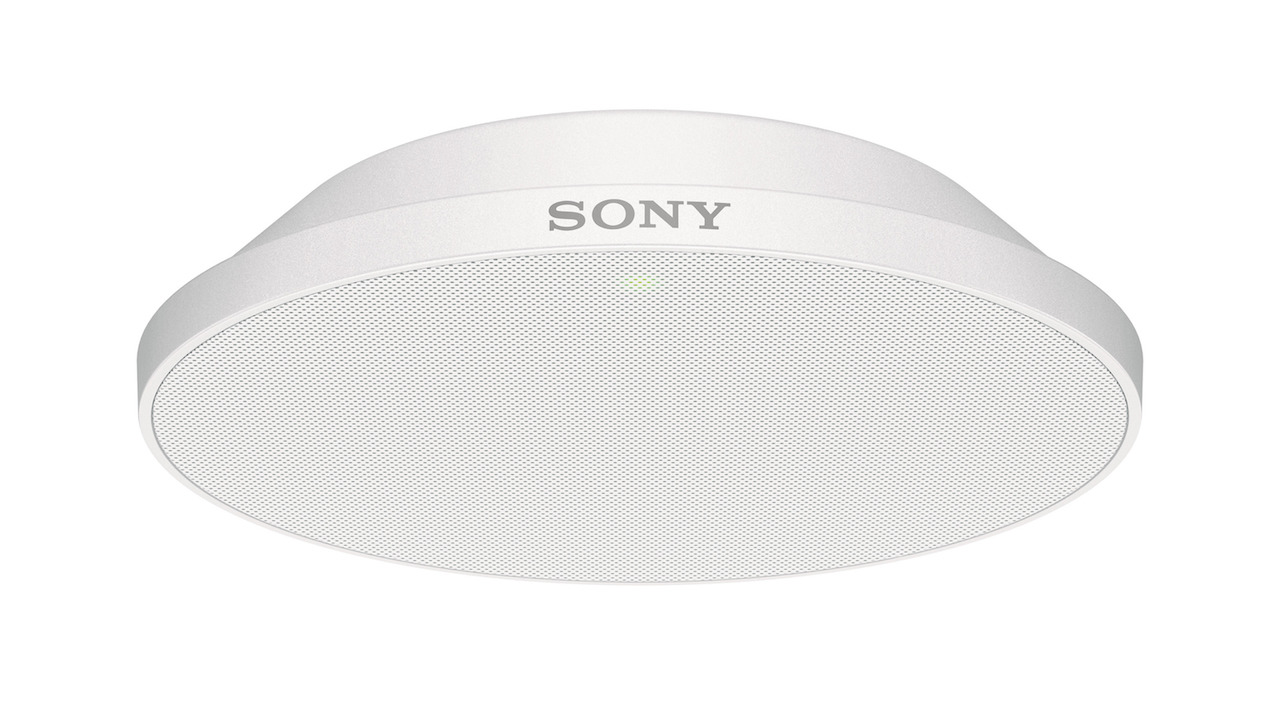
Working from home can be just as effective and collaborative—and in some cases even more so—than working in an office, provided you have the right tools and technology to support you. Having multiple displays enables efficient multitasking and increases productivity. We’re seeing manufacturers come to market with smaller-sized, high-quality 4K displays, which are ideal for this purpose, while being budget conscious. The importance of having the right camera and microphone solutions is critical to create a clear and clean video/audio experience. We’ve all been on enough conference and video calls to know how important having a stable internet connection is, as well as a reliable audio and video source. On a personal level, it is critical to set boundaries between your home and work life, since so many people’s homes are now their workplace. Working from home gives you freedom and flexibility, and should offer a more balanced and integrated approach.
—Rich Ventura, Vice President of B2B, Imaging Products and Solutions Professional Division
Utelogy
With many people not having a dedicated office space, having to share a small area, or even having children and pets running around—working from home can be chaotic, overwhelming, and lonely at times. As a person who has worked from home before the pandemic, I have a list of “best practices” I like to follow:
Get dressed and ready in the morning like you are going into the office—doing this helps me get into “work mode”; have a dedicated desk or table for your workstation; keep your area clean and organized—especially for videoconferences; make sure you have good quality audio and video; use headphones if you are in a shared space; and get up from your desk to stretch and take breaks.
—Nicole Corbin, Director of Product and User Experience
ViewSonic Americas

Ideally, everyone would have a dedicated office space in the house, but that is not always an option. Even within your own home, you might have to relocate to a different part of the house—with kids’ classes, spouse’s video meetings, et cetera.
Plus, if you’re used to a dual-monitor setup at the office, what does one do at home? As you’re the one to move around, a desktop monitor isn’t convenient. This is where a portable monitor comes in.
Portable monitors are perfect for users that need the additional screen space for work efficiency. Channel partners have shared that these monitors have become an ideal device in today’s WFH environment due to their transportability and size. Portable monitors allow users to add a second screen—helping them work smarter.
—Jeff Muto, Business Line Director
Wolfvision
My top tips for staying productive at home: Be strict with your time. I work the same schedule in my home office as I do in a corporate office. I start on time, schedule 30 minutes for lunch, and avoid doing non-work-related things during the workday. Dress for success. I save my t-shirts and sweatpants for when I want to be comfortable and lazy. Reinvest. Instead of spending 5-10 hours commuting each week, I reinvest the work time. If I can be 25 percent more productive each week, I can double my productivity for the month. Avoid mental burnout. I take a break and walk away from my computer every few hours to fully relax the brain. This helps me stay in the game all day.
—Michael Lisi, Sales Manager
